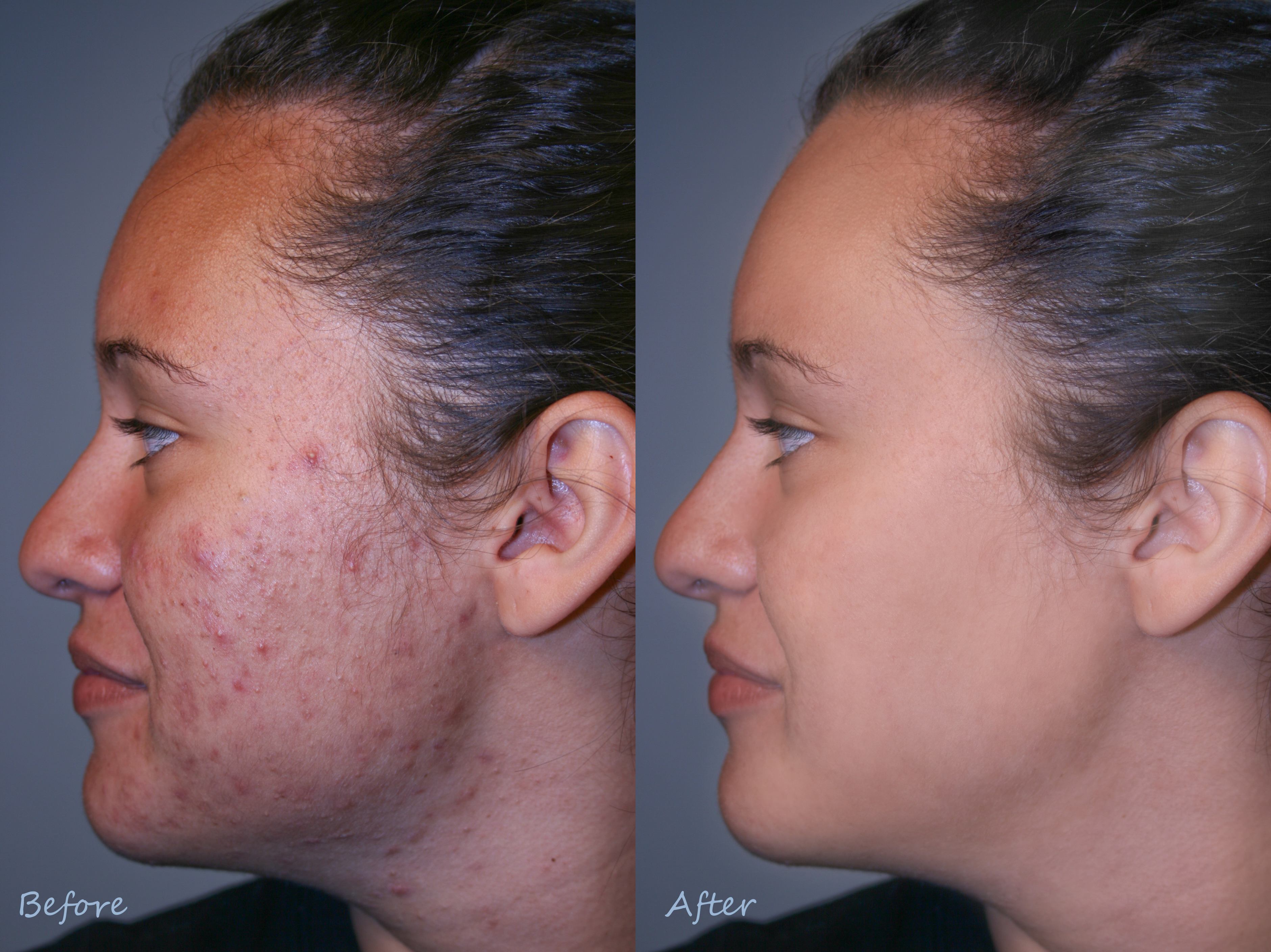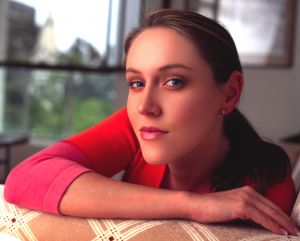Hair loss can be incredibly embarrassing for women and unfortunately, many women who suffer from it do so in silence. But the sooner you get help, the sooner you can start to treat the problem. It’s also more common than you might think, too, with approximately 5% of women under 60 and 60% of women over 70 suffering. Generally, hair loss appears in the form of general thinning all over the crown, rather than one larger bald patch, although women suffering from certain medical conditions like alopecia might experience the latter.
Often, women suffering from hair loss don’t experience it in the same way that men might. In male pattern baldness, hair thins, recedes and a bald spot often appears on the crown. In female pattern baldness, hair just tends to thin out and the first sign is often a thinner ponytail or a wider hair parting.
What Causes Hair Loss?
Hair loss in women can be caused by a number of things. Genetics do play a part, and if your mom and your grandma lost their hair or had thin hair, chances are, you will too. But hair loss can also be caused by the use of certain chemicals and medications in or on the body, in the case of chemotherapy, certain steroids, or certain drug therapies. Using lots of harsh chemicals on the hair can also cause it to break and snap, and if these chemicals are used on or close to the scalp, can cause hair to snap off at the roots. Things like bleach, harsh hair dyes and certain hair treatments, such as perms and straightening treatments, can all cause major damage to the hair if used too frequently.
Hair loss can also be caused by a disorder called alopecia areata, which is an autoimmune disease. In autoimmune diseases, the immune system starts to attack certain parts of your body and in some cases, for no apparent reason, will start to attack the hair follicles – causing hair to fall out. In alopecia universalis, all hair falls out, including eyelashes, eyebrows and even hair on the arms. No-one really knows what causes alopecia and it differs from patient to patient, but often is a result of stress.
Certain fungal infections are also known to cause hair loss, as well as certain nutritional deficiencies – especially if you’re iron deficient as this is one of the building blocks for healthy hair and nails. Compulsive hair pulling, known as trichotillomania, can also cause hair loss, but this is a complex psychiatric disorder and may take some time to diagnose.
How Can I Prevent Hair Loss?
If your hair loss is hereditary, unfortunately, there isn’t much you can do to prevent hair loss. Generally, keeping up a clean hair regime, not brushing hair too frequently, not using heated appliances and avoiding harsh chemical treatments should help to prevent hair loss to an extent, but if it is hereditary, it will happen eventually.
If your hair loss is associated with the use of chemicals, in general, as soon as you cease using these chemicals and give the hair opportunity to grow naturally, hair loss will stop. If you’re using dyes and bleaches on your hair, go to a hairdresser and get them to completely strip the hair of all dyes and colors – as a bonus, this will also strip out any treatments. This initial step might well cause more hair loss but it’ll get you back to an even ledge, so to speak. From here, your hair will be almost back to normal and you can then start to nourish it and look after it accordingly. Don’t use any colors or bleach on your hair and stay away from chemical treatments and within about 6 months, you should notice a definite improvement in the texture and thickness of hair.
As a general rule, anyone suffering from hair loss should not use heated appliances. Although they won’t damage hair follicles, they will damage hair and weaken it, causing split ends, frizz and locks that are unmanageable, especially if your hair is already dry. Heat protect products will go some way in protecting your hair but if you’re already experiencing hair loss, it’s definitely better to be safe than sorry. Instead, leave hair to dry naturally, not in a towel, and brush once dry. Brushing whilst wet could cause further damage. And if you must use hair straighteners? Never, ever use them whilst your hair is damp as this will split hair.
How to Treat Hair Loss
Treating hair loss is actually far easier if you have female pattern baldness as there is a wide variety of treatments on the market. Minoxidil 2% is the only licensed product for women, although some use Minoxidil 5% for men with good results – however, the 5% application could cause an increase in facial hair as well as hair on the scalp.
Another alternative treatment is a laser comb. The laser stimulates the scalp, encouraging hair growth. Although it is not as effective as minoxidil, certain studies have found that up to 50% of those treated with it saw an improvement in hair growth and texture.
Some women can also be treated very simply with iron supplements or oral contraceptive pills if they have a hormone imbalance. Those undergoing chemotherapy don’t need to be treated as usually hair starts to grow back as soon as treatment ceases.
Finally, those with compulsive pulling disorders can be treated, and usually fairly successfully, with therapy. Because trichotillomania is a fairly complex disorder, the underlying reasons for the hair pulling will need to be identified before treatment can begin and this can take some time.
For more tips, advice and help on hair loss, take a look at the rest of our blog posts.






